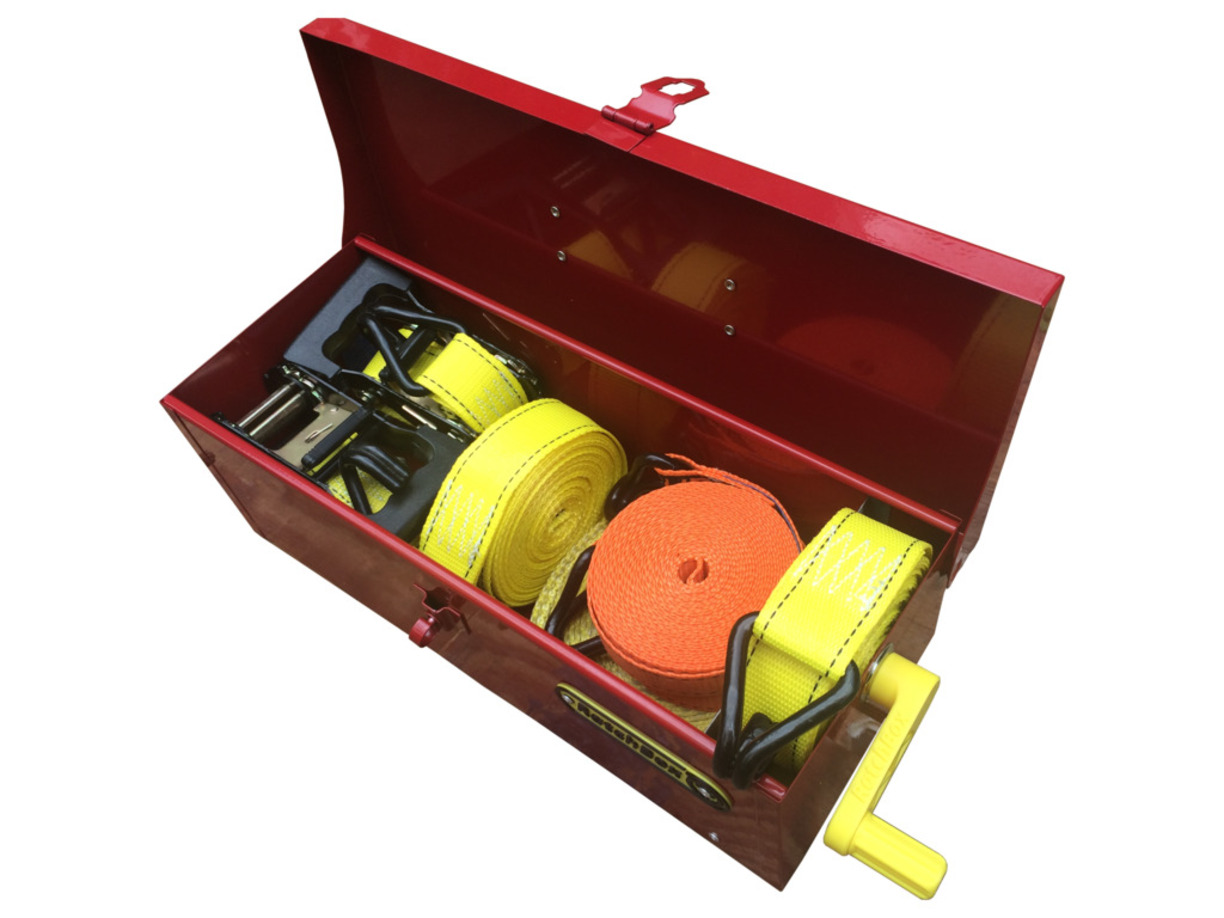

Articles
How To Store Straps
Modified: December 7, 2023
Learn the best methods for storing articles and keeping them in optimum condition with our comprehensive guide on how to store straps.
(Many of the links in this article redirect to a specific reviewed product. Your purchase of these products through affiliate links helps to generate commission for Storables.com, at no extra cost. Learn more)
Introduction
Straps are essential tools that help us secure and fasten items in various industries and everyday life. From nylon webbing straps used in the transportation industry to leather straps used in fashion and accessories, these versatile tools provide support and stability. However, proper storage of straps is often overlooked, which can result in damage, loss of functionality, and ultimately, the need for replacements.
In this article, we will explore the importance of storing straps correctly and provide a step-by-step guide to ensure their longevity. Whether you use straps for professional or personal purposes, following these storage guidelines will help you maintain their quality and extend their lifespan.
Key Takeaways:
- Proper storage of straps is crucial to prevent wear and tear, preserve durability, and reduce the need for replacements. Follow the step-by-step guide and tips to maximize their lifespan.
- Consider material, environmental factors, weight capacity, and organizational system when storing straps. Regular inspection, proper cleaning, and following manufacturer’s instructions are essential for maintaining strap quality.
Read more: How To Store Ratchet Straps
Why Proper Storage of Straps is Important
Proper storage of straps is crucial for several reasons. By taking the time to organize and store your straps correctly, you can prevent unnecessary damage, maintain their functionality, and save money in the long run. Here are some key reasons why proper storage is important:
- Prevents Wear and Tear: When straps are not stored properly, they are more prone to wear and tear. Exposure to extreme temperatures, sunlight, moisture, and dust can weaken the material, leading to fraying, stretching, or even breakage. By storing straps in a controlled environment, you can minimize the risk of damage and ensure they remain in optimal condition.
- Preserves Durability: High-quality straps are designed to withstand heavy loads and provide reliable support. However, if they are not stored correctly, their durability can be compromised. Storing straps in a tidy and organized manner prevents unnecessary stress on the material and maintains their strength, ensuring they can continue to perform their intended function effectively.
- Prevents Tangling and Knotting: Poor storage practices often lead to straps becoming tangled or knotted. Spending valuable time untangling straps can be frustrating and time-consuming. Additionally, attempting to force untangle them can cause damage or weaken the integrity of the strap. By storing them neatly, you can avoid this hassle and have your straps readily available when needed.
- Efficient Use of Space: Proper storage allows you to maximize your available space efficiently. When straps are stored in a disorganized manner, they can take up unnecessary space and make it difficult to locate the specific strap required. Utilizing storage solutions such as hooks, racks, or containers can help you optimize space and keep your straps easily accessible.
- Reduces the Need for Replacements: By properly storing your straps, you can extend their lifespan. This means you won’t have to replace them as frequently, saving you money in the long run. By investing time and effort into proper storage practices, you can protect your straps and get the most value out of them.
Common Types of Straps
There are various types of straps available, each designed for specific purposes and industries. Understanding the different types of straps can help you choose the appropriate storage method. Here are some common types of straps:
- Nylon Webbing Straps: Nylon webbing straps are popular for their strength and durability. They are commonly used in the transportation industry to secure cargo and in outdoor activities like camping or hiking to fasten gear. These straps are resistant to damage from UV rays, making them suitable for outdoor storage.
- Ratchet Straps: Ratchet straps comprise a webbing strap and a ratchet mechanism that allows for easy tightening and securing of loads. They are commonly used in the transportation of heavy objects and are ideal for securing items during transport. Ratchet straps are often made of polyester and should be stored in a clean and dry environment.
- Bungee Cords: Bungee cords are elastic cords with hooks on both ends, used primarily for securing lightweight items. They are flexible and stretchable, making them suitable for various applications. Bungee cords should be stored in a cool and dry place to prevent deterioration of the elastic material.
- Leather Straps: Leather straps are popular in the fashion and accessory industry, adding a touch of style and functionality to bags, belts, and other items. These straps should be stored in a cool environment away from direct sunlight to prevent discoloration and drying out of the leather.
- Rope Straps: Rope straps are commonly used for camping, boating, and other outdoor activities. Made of durable materials like nylon or polyester, rope straps should be stored in a dry and well-ventilated area to prevent mildew or rotting.
- Elastic Straps: Elastic straps are stretchable and commonly used for securing items with irregular shapes or for providing additional support. These straps should be stored away from heat sources to prevent the degradation of the elastic material over time.
It is important to identify the type of strap you have to ensure you store it properly. Each type has specific storage requirements to maintain its quality and functionality.
Factors to Consider Before Storing Straps
Before storing your straps, there are a few factors to consider to ensure their longevity and functionality. Taking these factors into account will help you determine the most suitable storage method. Here are some important factors to consider:
- Material: The material of the strap plays a significant role in determining its storage requirements. Different materials have varying levels of sensitivity to factors such as temperature, moisture, and UV exposure. Understanding the characteristics of the strap material will help you determine the most appropriate storage conditions.
- Environmental Factors: Consider the conditions of the environment where the straps will be stored. Factors such as temperature, humidity levels, exposure to sunlight, and the presence of moisture can impact the quality and lifespan of the straps. Ensure the storage area is cool, dry, and protected from direct sunlight.
- Weight Capacity: Take into account the weight capacity of the straps and avoid stacking or compressing heavy objects on top of them during storage. This can cause unnecessary stress and deformation, reducing their load-bearing capabilities.
- Length and Width: Consider the size and dimensions of the straps when choosing a storage solution. Straps of different lengths and widths may require specific storage options, such as hooks, hangers, or dedicated containers, to avoid tangling and make retrieval easier.
- Organizational System: Establish an effective organizational system for your stored straps. This may include labeling or categorizing them based on their purpose, length, or type. A well-organized storage system will make it easier to locate the straps when needed, saving time and minimizing damage from rummaging through piles or tangled straps.
By considering these factors, you can choose the appropriate storage method and ensure the straps remain in optimal condition for their intended use.
When storing straps, coil them neatly and secure with a Velcro strap or rubber band to prevent tangling. Store in a dry, cool place away from direct sunlight to prevent damage.
Step-by-Step Guide to Storing Straps
Properly storing your straps is essential to maintain their functionality and prolong their lifespan. Follow this step-by-step guide to ensure your straps are stored correctly:
- Clean the Straps: Before storing, ensure that the straps are clean and free from any dirt, debris, or stains. Use a mild soap and water solution to gently clean the straps, if necessary, and allow them to air dry completely.
- Inspect for Damage: Check the straps for any signs of damage, such as fraying, cuts, or worn-out areas. Replace any straps that show significant wear and tear to prevent further damage during storage.
- Choose the Right Storage Solution: Depending on the type and length of the straps, select an appropriate storage solution. Options include hooks, racks, hangers, or dedicated containers specifically designed for strap storage. Make sure the storage solution is clean and free from any sharp edges or abrasive surfaces that could cause damage.
- Arrange the Straps: Arrange the straps neatly and avoid tangling or knotting them. If using hooks or racks, hang the straps individually to prevent entanglement. If using a container, coil or fold the straps neatly before placing them inside.
- Store in a Controlled Environment: Choose a storage area that is cool, dry, and protected from direct sunlight. Extreme temperatures, high humidity, and exposure to UV rays can degrade the straps over time. If possible, store the straps in a dedicated storage room or cabinet to maintain the desired environmental conditions.
- Label and Categorize: If you have multiple straps, consider labeling and categorizing them based on their type, length, or purpose. This will make it easier to locate the specific strap you need without having to dig through a pile. Use tags, labels, or color-coding to keep the straps organized.
- Regularly Check and Maintain: Periodically inspect the stored straps to ensure they remain in good condition. Check for any signs of damage, pests, or environmental factors that may affect their quality. Replace any damaged or compromised straps promptly.
- Retrieving and Using Straps: When it’s time to use the stored straps, handle them with care to avoid unnecessary strain or twisting. Follow the manufacturer’s instructions for proper usage to ensure the safety and effectiveness of the straps.
By following these step-by-step instructions, you can ensure that your straps are stored properly and ready for use whenever needed.
Read more: How To Store A Ratchet Strap
Tips for Maximizing Strap Lifespan
To maximize the lifespan of your straps and keep them in optimal condition, consider implementing the following tips:
- Proper Handling: Handle the straps with care, avoiding sharp or abrasive surfaces that can cause damage. When using straps, avoid overloading them beyond their weight capacity.
- Regular Inspection: Regularly inspect the straps for any signs of wear and tear, such as fraying, stretching, or cuts. Address any issues promptly to prevent further damage.
- Proper Cleaning: Clean the straps regularly using mild soap and water. Avoid using harsh chemicals that may degrade the material. Allow the straps to air dry completely before storing them.
- Avoid Exposure to Extreme Conditions: Protect the straps from extreme temperatures and direct sunlight. High heat can cause the material to weaken, while UV rays can lead to fading and deterioration over time.
- Store Separately: Store different types of straps separately to minimize the risk of damage. Keep them away from sharp objects or surfaces that could cause abrasion or cutting.
- Avoid Overlapping or Compressing: When storing straps, avoid overlapping or compressing them, as this can lead to deformation and loss of elasticity. Use proper storage solutions, such as hooks or racks, to keep them organized.
- Regularly Rotate Straps: If you have multiple straps, rotate their usage to ensure equal wear and prevent one strap from bearing excessive load or strain consistently.
- Keep Away from Moisture: Moisture can cause mold or mildew growth, leading to deterioration of the straps. Store them in a dry and well-ventilated area to prevent moisture buildup.
- Follow Manufacturer’s Instructions: Always follow the manufacturer’s instructions for proper usage, maintenance, and storage of the straps. Each type of strap may have specific care requirements to ensure their longevity.
- Replace Damaged Straps: If a strap shows significant signs of damage or wear that cannot be repaired, it’s important to replace it promptly. Using damaged straps can compromise the safety and effectiveness of the strap.
By following these tips, you can maximize the lifespan of your straps, ensuring they remain in optimal condition for their intended use.
Conclusion
Proper storage of straps is essential to maintain their functionality, durability, and lifespan. By following the guidelines outlined in this article, you can ensure that your straps remain in optimal condition and ready for use whenever needed. Remember to consider the factors such as material, environmental conditions, weight capacity, and size before storing your straps. Choose the right storage solution and arrange the straps neatly to prevent tangling and damage.
Regular inspections, proper cleaning, and avoiding exposure to extreme conditions are key in maximizing the lifespan of your straps. Take care to handle the straps with care, avoiding overloading or using them beyond their weight capacity. By practicing good storage habits and adhering to manufacturer’s instructions, you can extend the lifespan of your straps and save money by avoiding frequent replacements.
Whether you use straps in the transportation industry, for outdoor activities, or in fashion and accessories, proper storage is vital. Organize and store your straps in a controlled environment, away from excessive heat, moisture, and direct sunlight. Regularly inspect and maintain the straps, promptly replacing any damaged ones. By doing so, you can ensure the straps remain in optimal condition and continue serving their intended purpose effectively.
Remember that each type of strap may have specific care requirements, so always refer to the manufacturer’s instructions for proper usage, maintenance, and storage. By implementing these practices, you can maximize the lifespan of your straps and enjoy their benefits for years to come.
Frequently Asked Questions about How To Store Straps
Was this page helpful?
At Storables.com, we guarantee accurate and reliable information. Our content, validated by Expert Board Contributors, is crafted following stringent Editorial Policies. We're committed to providing you with well-researched, expert-backed insights for all your informational needs.

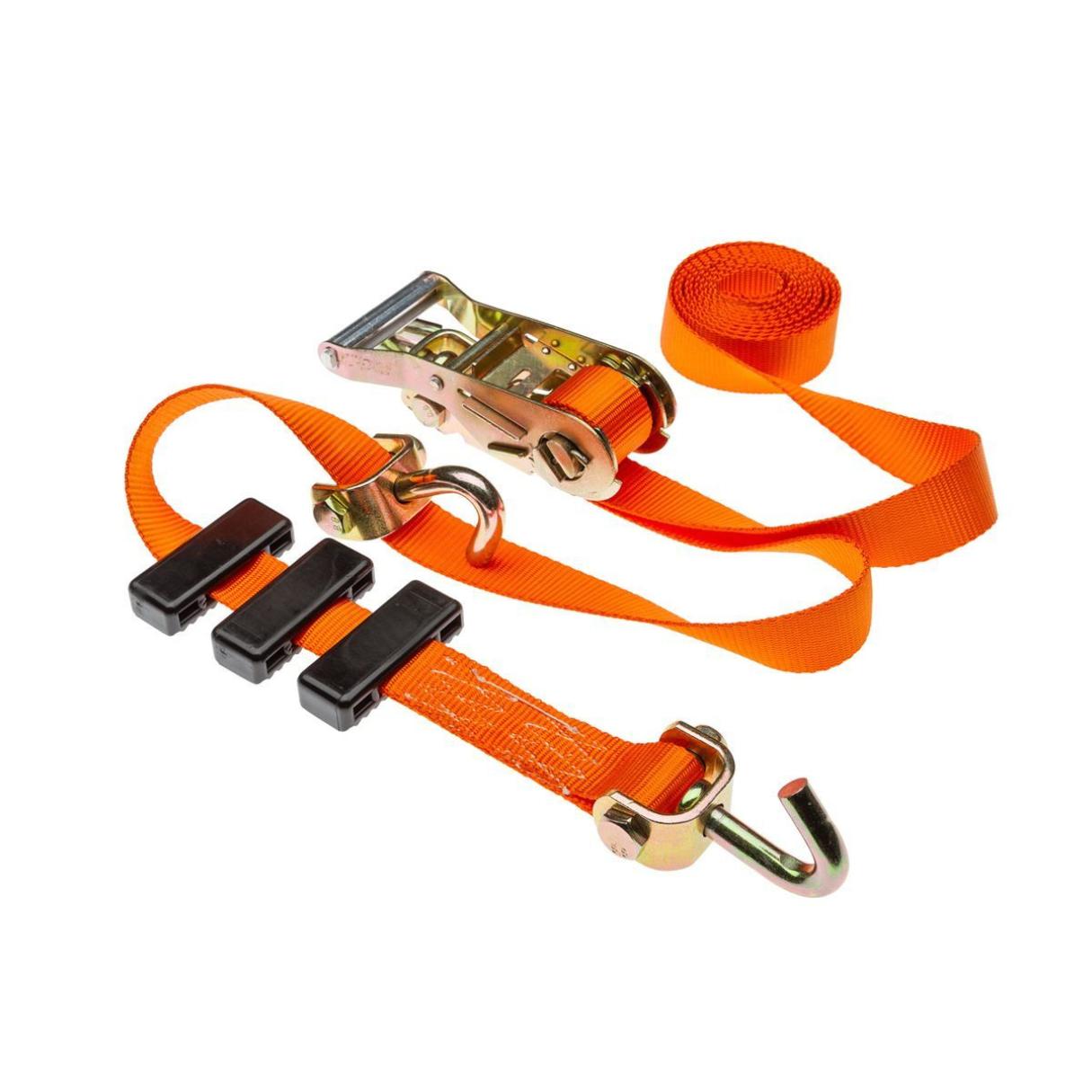

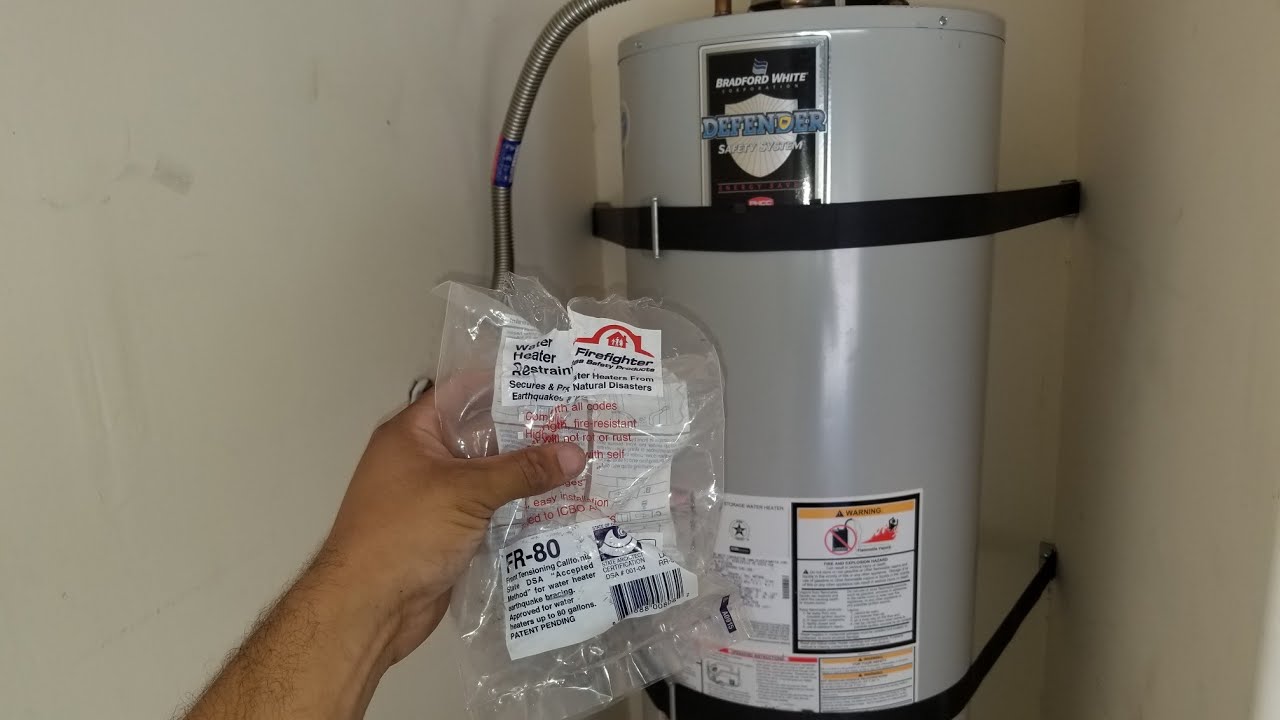
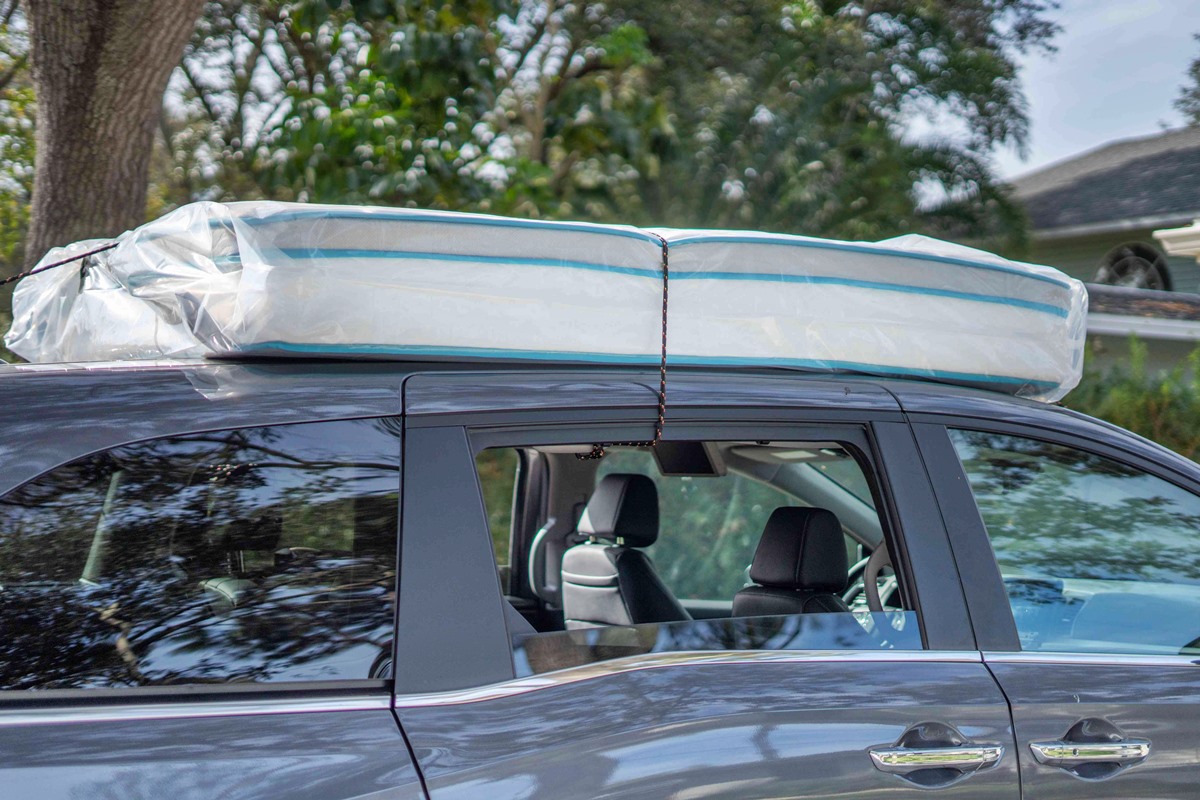
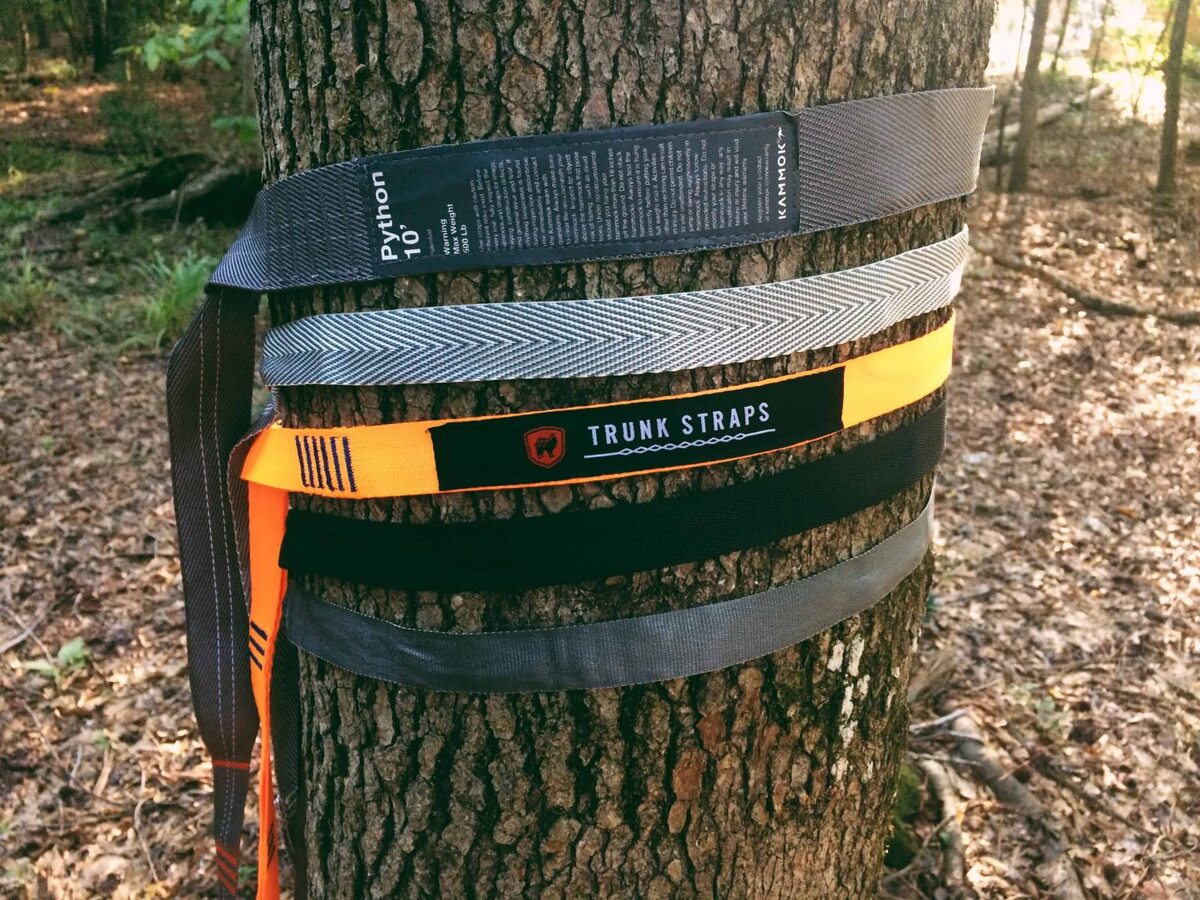
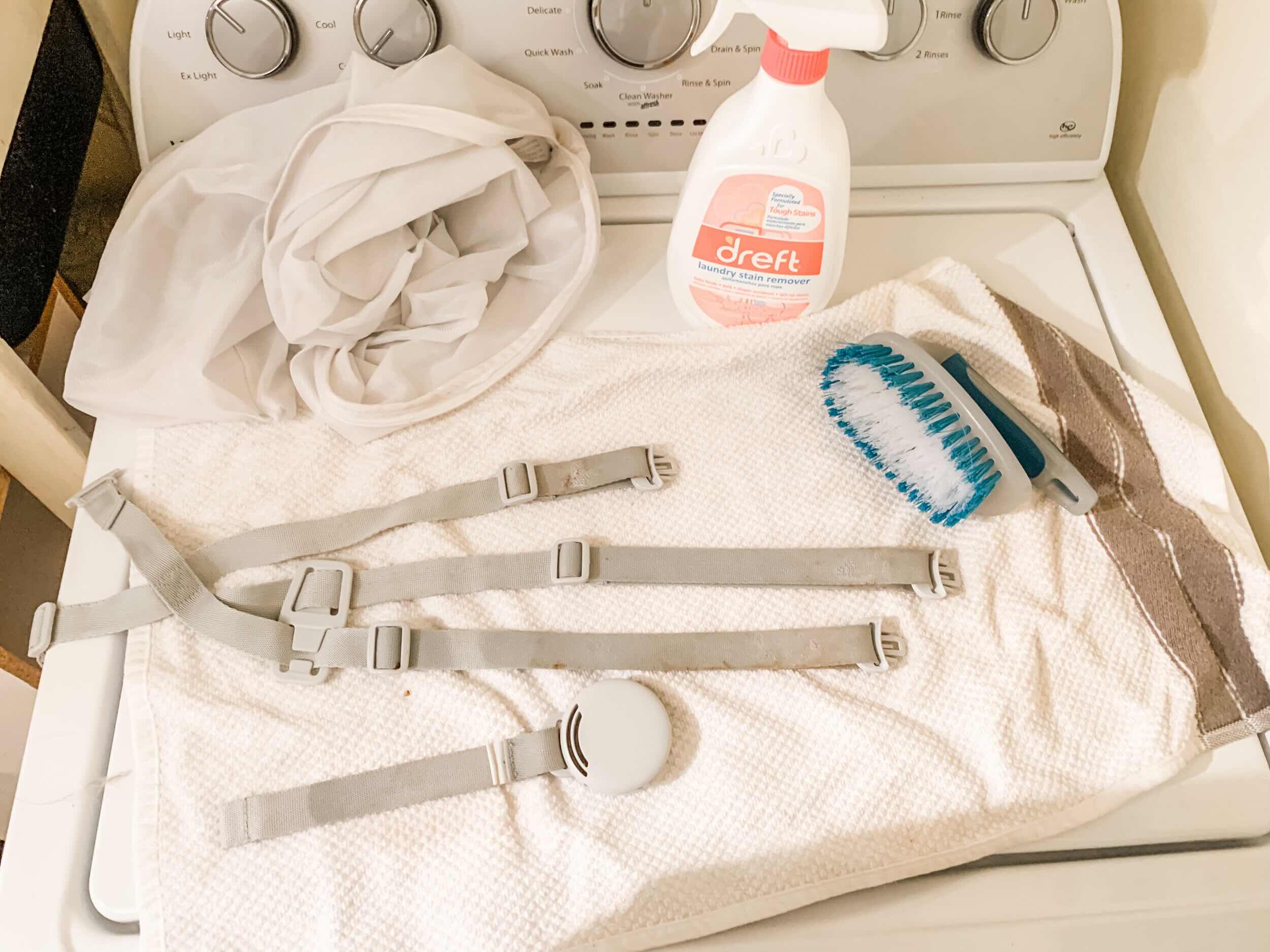
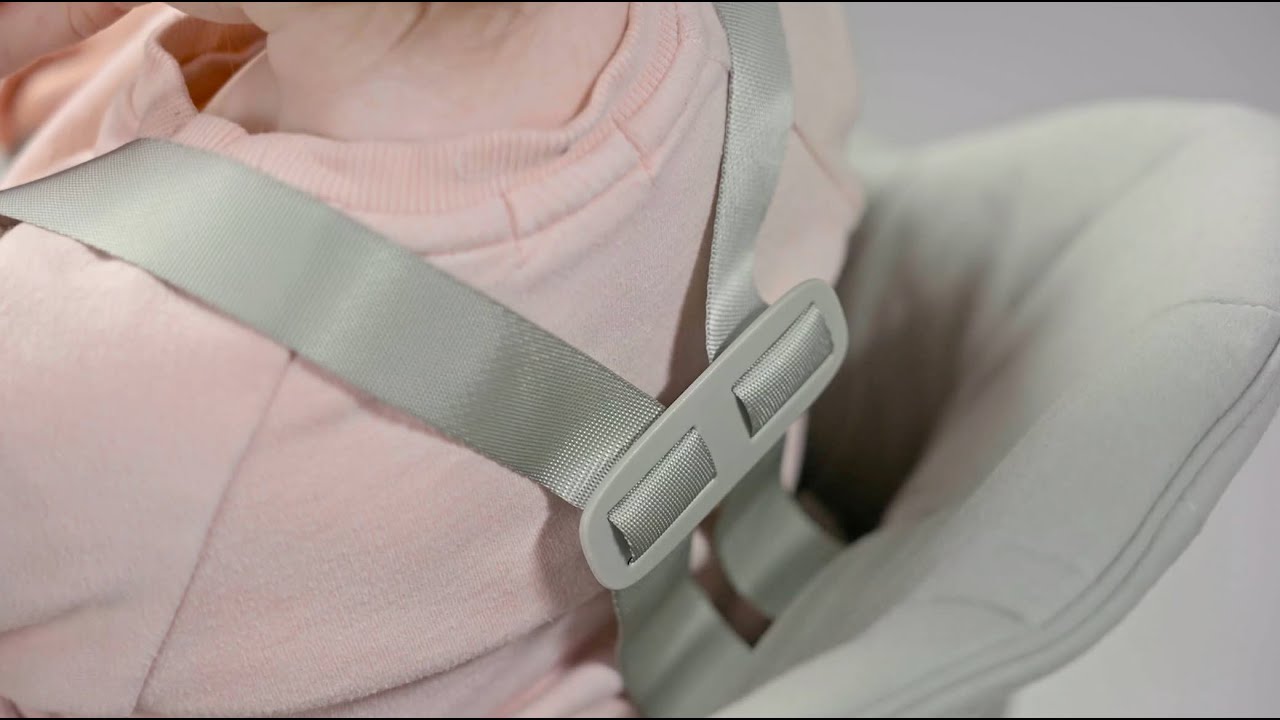
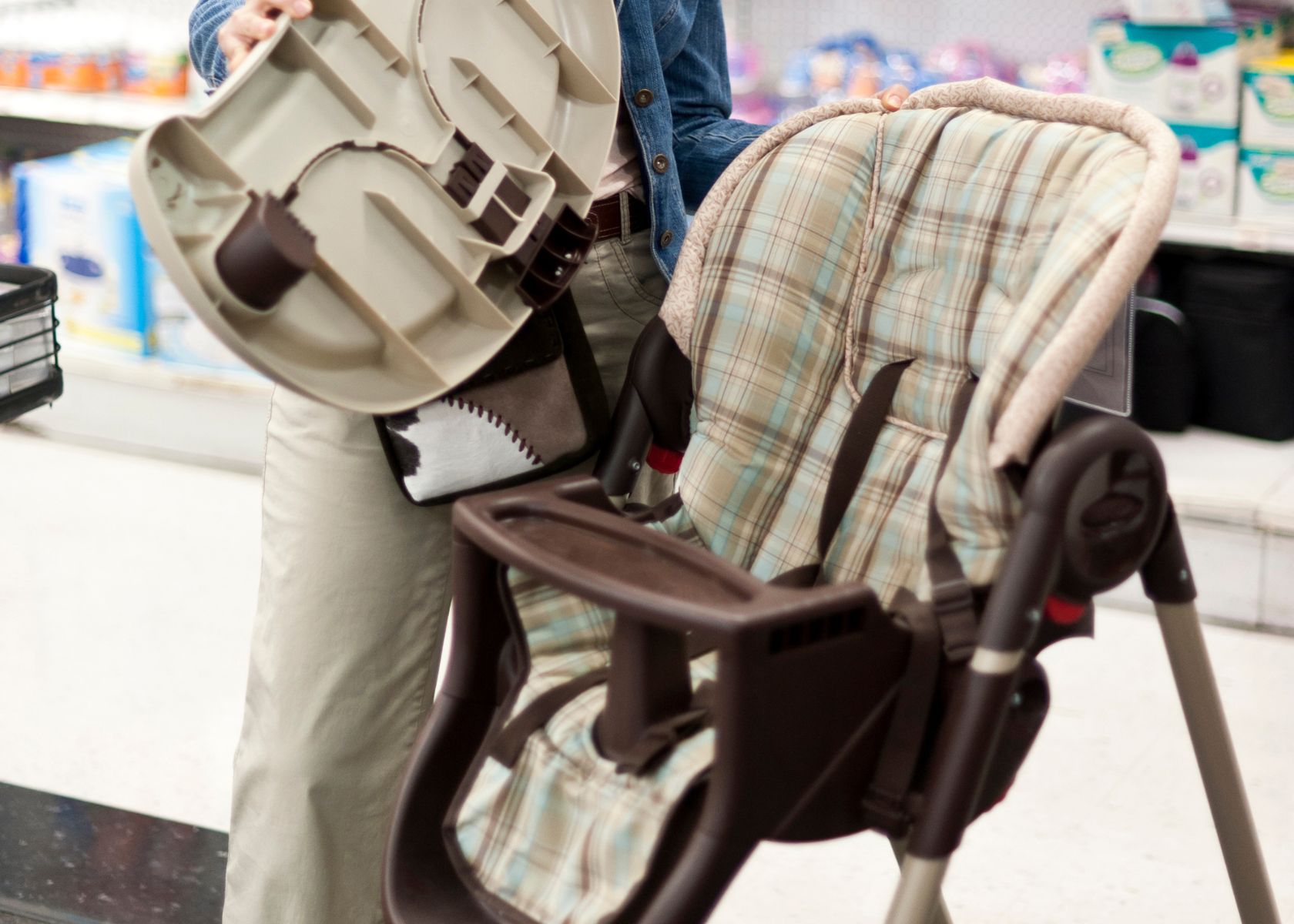
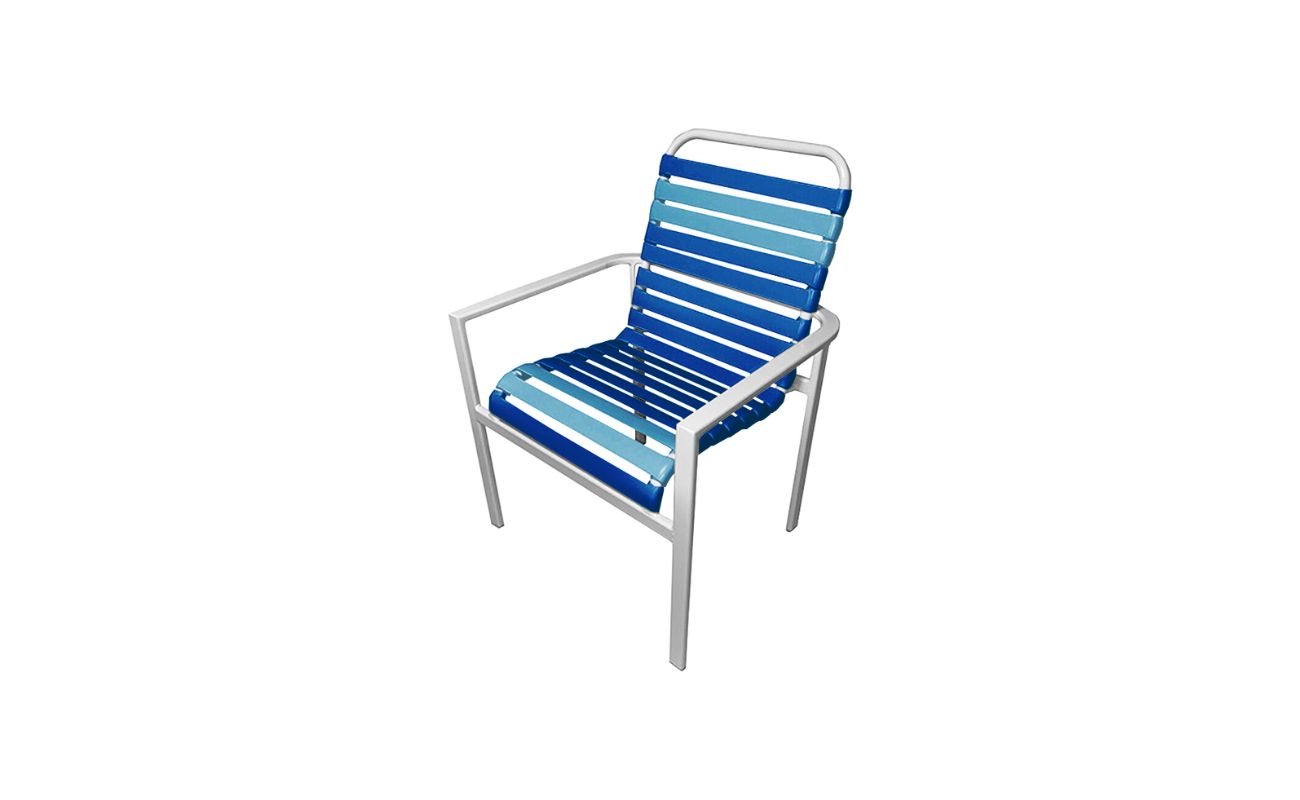
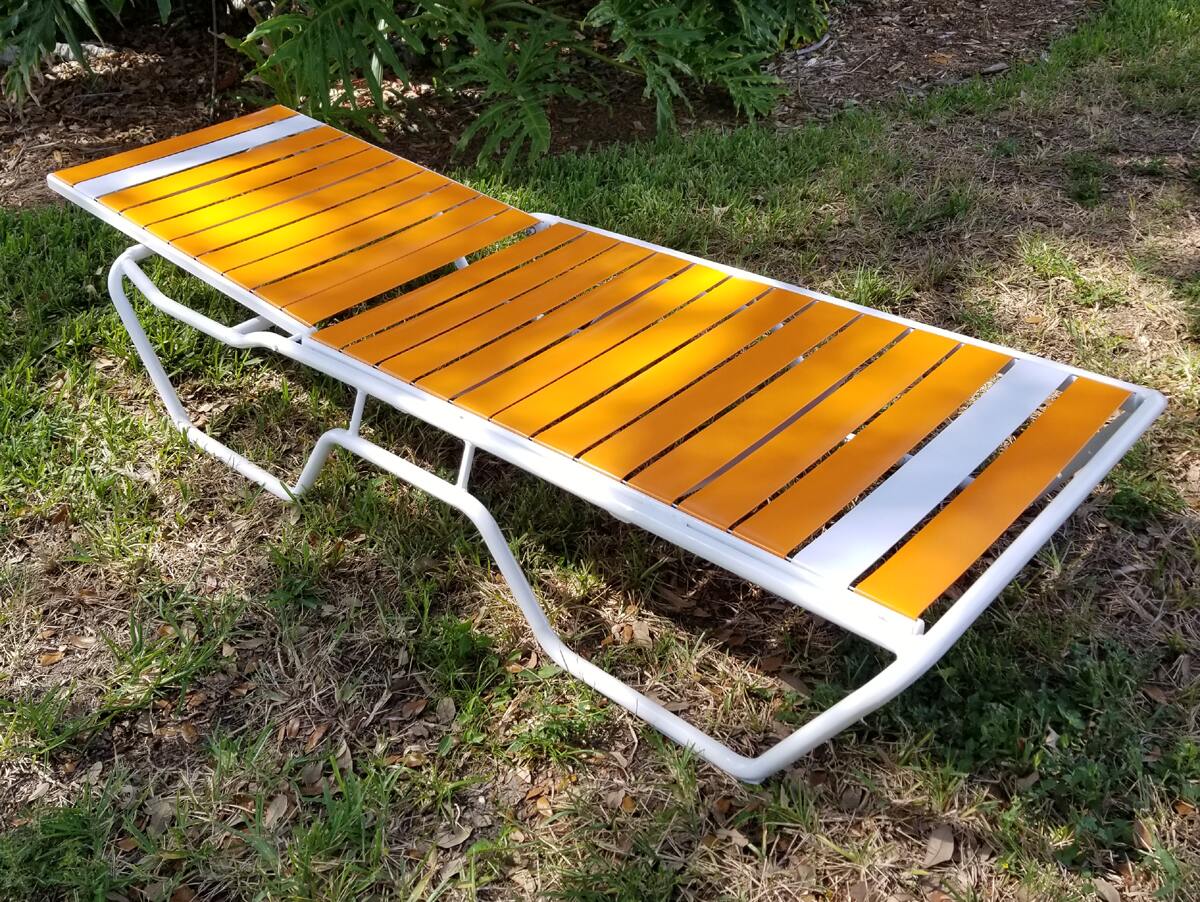
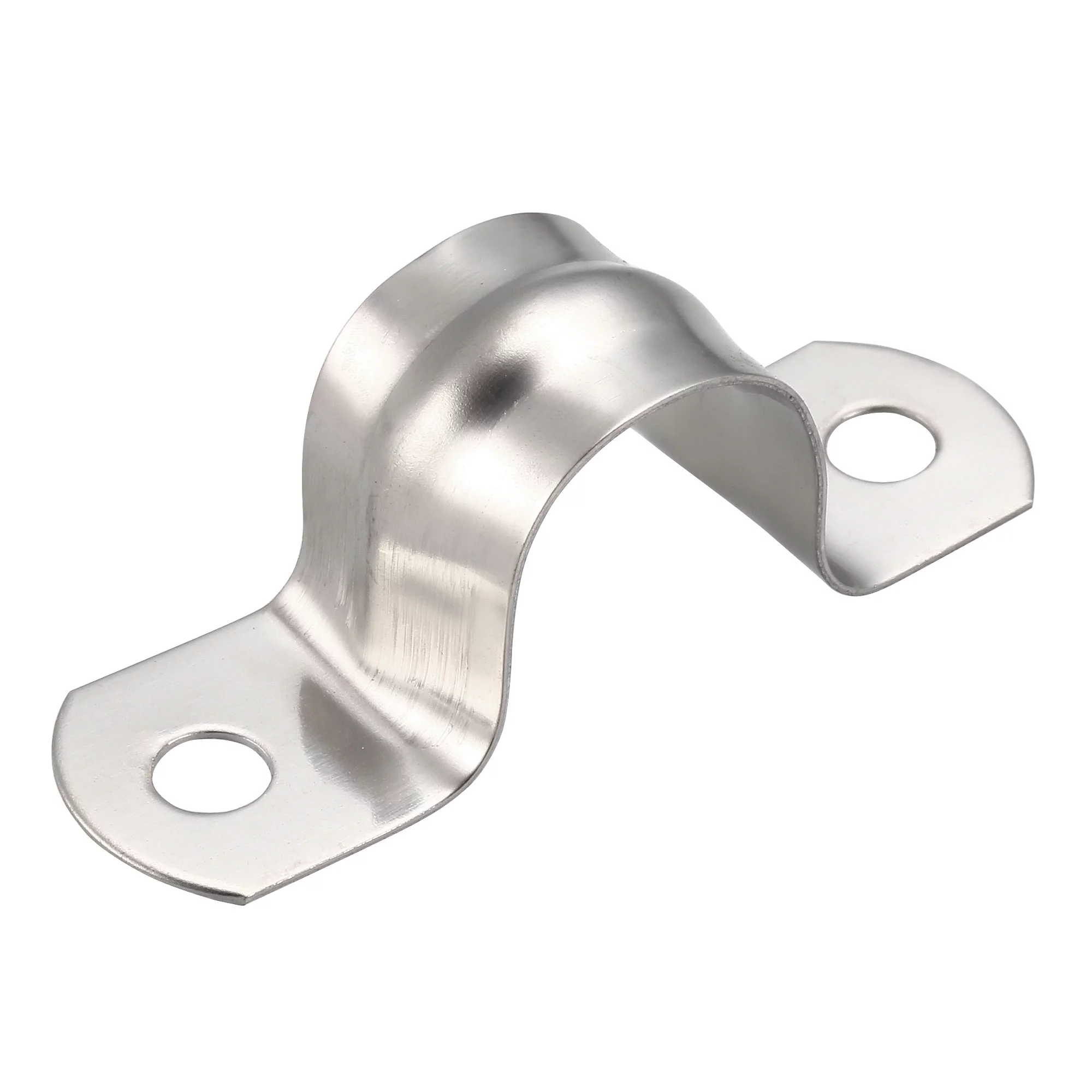
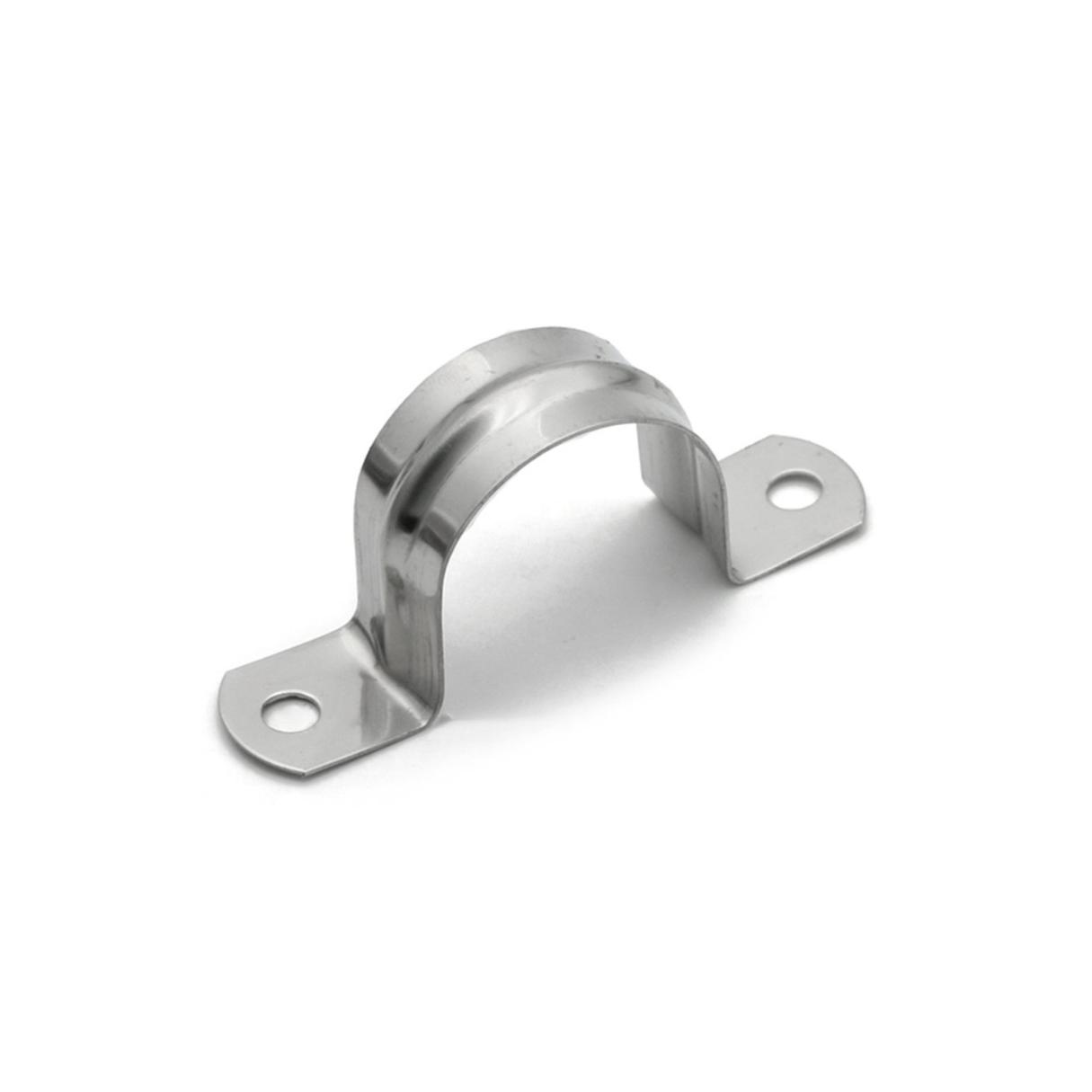


0 thoughts on “How To Store Straps”